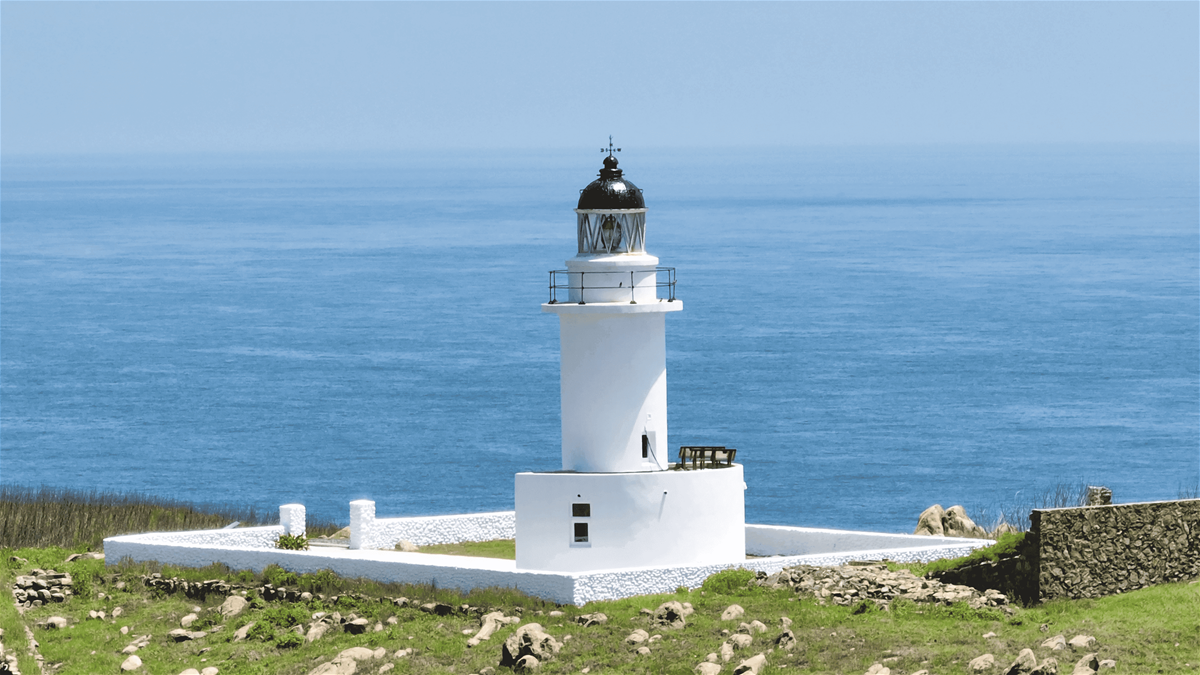Flower Island Introduction
The volcanic rock geology of the Penghu Islands is primarily basalt, with the only exception being Huayu Island, which is composed of andesite. Andesite is formed from volcanic magma that cools quickly, resulting in a rock that is viscous and has a slow flow rate, usually accumulating near the volcanic vent in a conical shape, unlike the blocky terrain formed by basalt. It was formed approximately 65 million years ago and is the oldest and westernmost island in Penghu. Huayu Island is located northwest of Wang-an Island and is home to nearly a hundred species of native plants, which is why it is named Huayu (Flower Island). Currently, there are only a bit more than a hundred residents, largely relying on fishing due to the rich catch from the confluence of the Kuroshio Current and the Tsushima Current. The highest point on the island is Yandun Mountain, with an elevation of 53 meters, located in the eastern part. The western part of the mountain top houses the Huayu Lighthouse, built with a pure white reinforced concrete structure, which is the westernmost lighthouse in Taiwan and an important landmark of Huayu Island. On the southeastern side of the island, there are rock formations that reportedly feature the left footprint of Lü Dongbin, a legendary figure, which pairs with the right footprint found on Tiantai Mountain on Wang-an Island, visible only at low tide!
 Hua Yu Island
Hua Yu Island




























